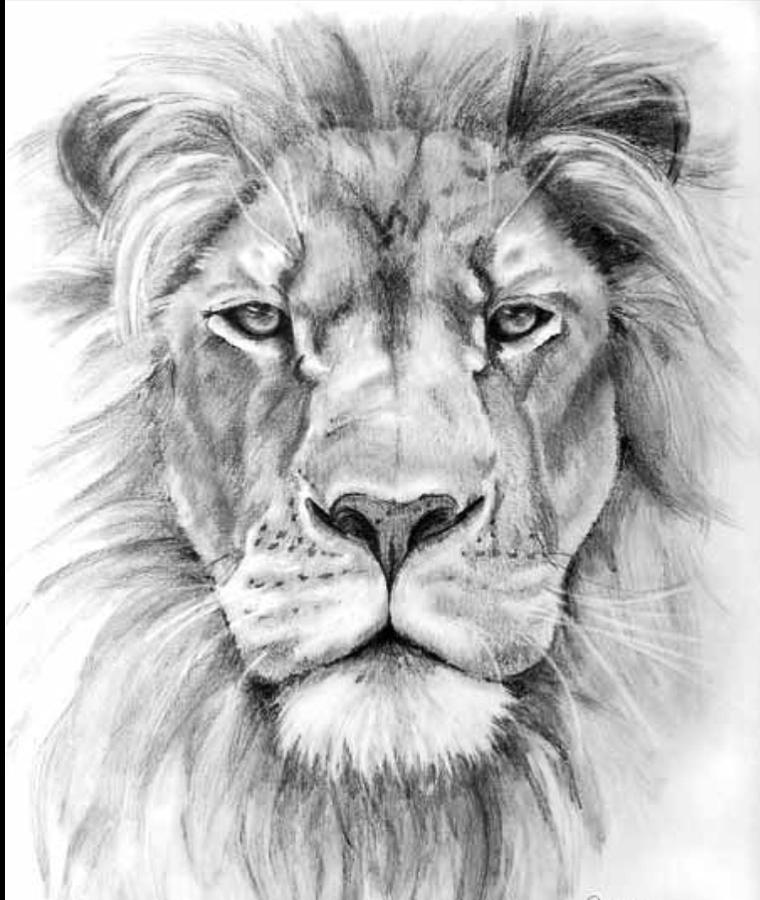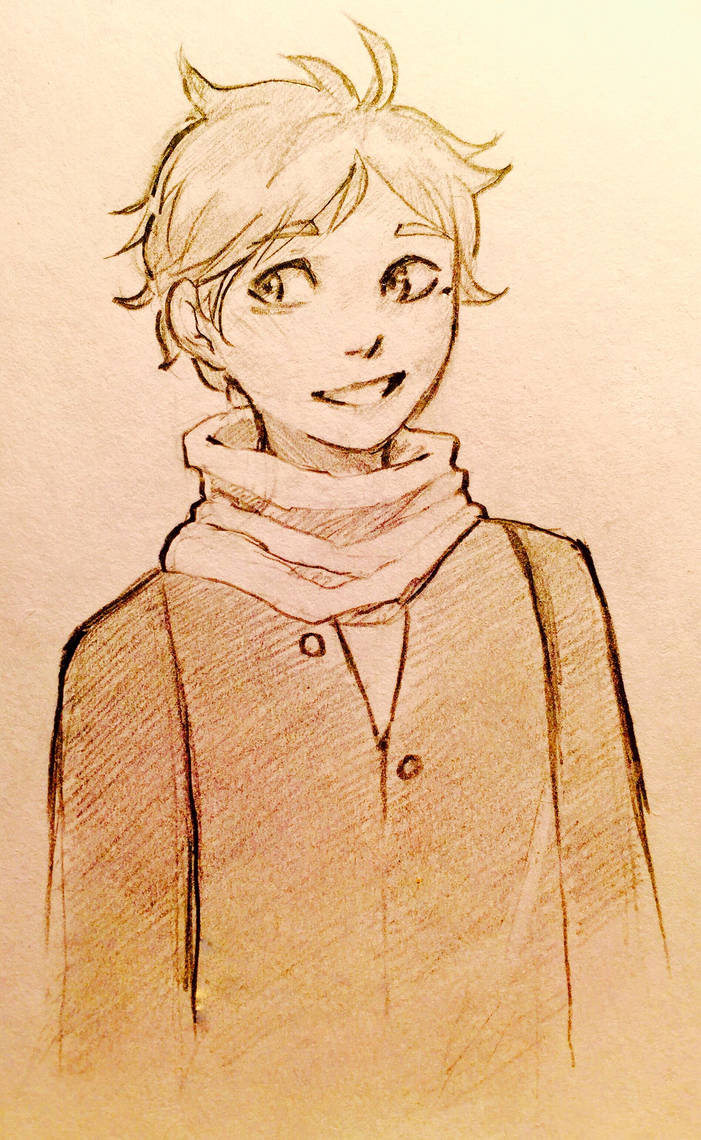Bamboo drawing clipart painting nicepng
Table of Contents
Table of Contents
If you’re looking to learn how to draw bamboo, you’ve come to the right place! Bamboo is a beautiful and versatile plant that can be incorporated into a variety of different artworks. Learning how to accurately draw bamboo can be a challenge, but it’s also an incredibly rewarding experience.
Potential Pain Points
One of the biggest pain points related to drawing bamboo is getting the texture and shading just right. Another challenge is achieving a sense of depth and dimensionality, as bamboo can be quite complex in its structure. Additionally, finding the right reference images and learning how to simplify details can also be difficult.
How to Draw Bamboo
The best way to approach drawing bamboo is to break it down into simple shapes and lines. Start by creating a basic outline of the plant, then add more detail and texture as you go. Bamboo is often created using a series of vertical lines, so experimenting with different line weights can help you achieve a more realistic effect.
Another helpful technique is to focus on the negative space between the bamboo stalks. This can help you create a more accurate composition and ensure that your drawing doesn’t become too crowded or cluttered.
Summary of Key Points
When learning how to draw bamboo, it’s important to break the plant down into simple shapes and lines, focus on negative space, and experiment with different line weights. By simplifying your approach and taking your time, you can create a stunning drawing that accurately captures the beauty of this versatile plant.
Exploring Bamboo With Personal Experience
When I first started learning how to draw bamboo, I found the texture and shading to be a real challenge. However, by starting with a basic outline and gradually building up the detail, I was able to create a more natural and realistic effect.
One helpful tip is to start with the edges of each bamboo stalk and work your way inwards. This can help you create a sense of curvature and dimensionality, and make your drawing look more organic.
 Adding Dimensionality and Texture
Adding Dimensionality and Texture
One way to add dimensionality and texture to your bamboo drawing is to experiment with different line weights. By varying the thickness and darkness of your lines, you can create a more natural and realistic effect.
Another helpful technique is to focus on the negative space between the bamboo stalks. This can help you create a more accurate composition and ensure that your drawing doesn’t become too crowded or cluttered.
 ### Breaking Down the Details
### Breaking Down the Details
When you’re drawing bamboo, it can be tempting to include every single detail of the plant. However, this can quickly become overwhelming and make your drawing look cluttered. Instead, try to simplify the details and focus on capturing the essence of the plant.
One helpful technique is to start with a basic outline, then add in the major joints and textures. From there, you can gradually build up the detail and shading until you achieve the desired effect.
 Experimenting With Different Styles
Experimenting With Different Styles
If you’ve mastered the basics of drawing bamboo, you may want to try branching out and experimenting with different styles and techniques. For example, you could try drawing bamboo with a traditional Japanese ink painting style, or experimenting with different colors and shading techniques.
The important thing is to keep practicing and challenging yourself. With time and dedication, you can create stunning works of art that showcase the unique beauty of bamboo.
Question and Answer
**Q: How can I make my bamboo drawing look more realistic?**A: One way to make your bamboo drawing look more realistic is to focus on creating a sense of depth and dimensionality. Experiment with different line weights and shading techniques to achieve a more natural effect.
**Q: Can I draw bamboo using colored pencils?**A: Yes, you can definitely draw bamboo using colored pencils. In fact, using colored pencils can give you more control over the texture and shading of your drawing.
**Q: What’s the best way to find reference images for drawing bamboo?**A: There are a variety of online resources you can use, including image search engines and tutorial websites. You can also try looking for books on botanical drawing, as these often feature detailed illustrations of bamboo and other plants.
**Q: How long does it take to learn how to draw bamboo?**A: The amount of time it takes to learn how to draw bamboo depends on your individual skill level and dedication. However, with regular practice and a willingness to learn, you can improve your skills and create beautiful bamboo drawings in no time!
Conclusion of How to Draw Bamboo
Drawing bamboo is a challenging but rewarding experience that can help you improve your artistic skills and create stunning works of art. By breaking the plant down into simple shapes and lines, focusing on negative space, and experimenting with different techniques, you can create a beautiful and naturalistic drawing that captures the essence of this versatile plant.
Gallery
How To Draw Bamboo: 8 Steps (with Pictures) - WikiHow

Photo Credit by: bing.com / bamboo draw drawing clipart tree trees clip cliparts plant easy step forest wikihow bambou drawings pencil dessin panda plants kids
Bamboo Drawing Painting - Bamboo Clipart Transparent PNG - 680x680

Photo Credit by: bing.com / bamboo drawing clipart painting nicepng
How To Draw Bamboo - Really Easy Drawing Tutorial

Photo Credit by: bing.com / bamboo easydrawingguides
How To Draw Bamboo: 8 Steps (with Pictures) - WikiHow

Photo Credit by: bing.com / bambou step wikihow sugarcane
How To Draw Bamboo - Really Easy Drawing Tutorial

Photo Credit by: bing.com /




